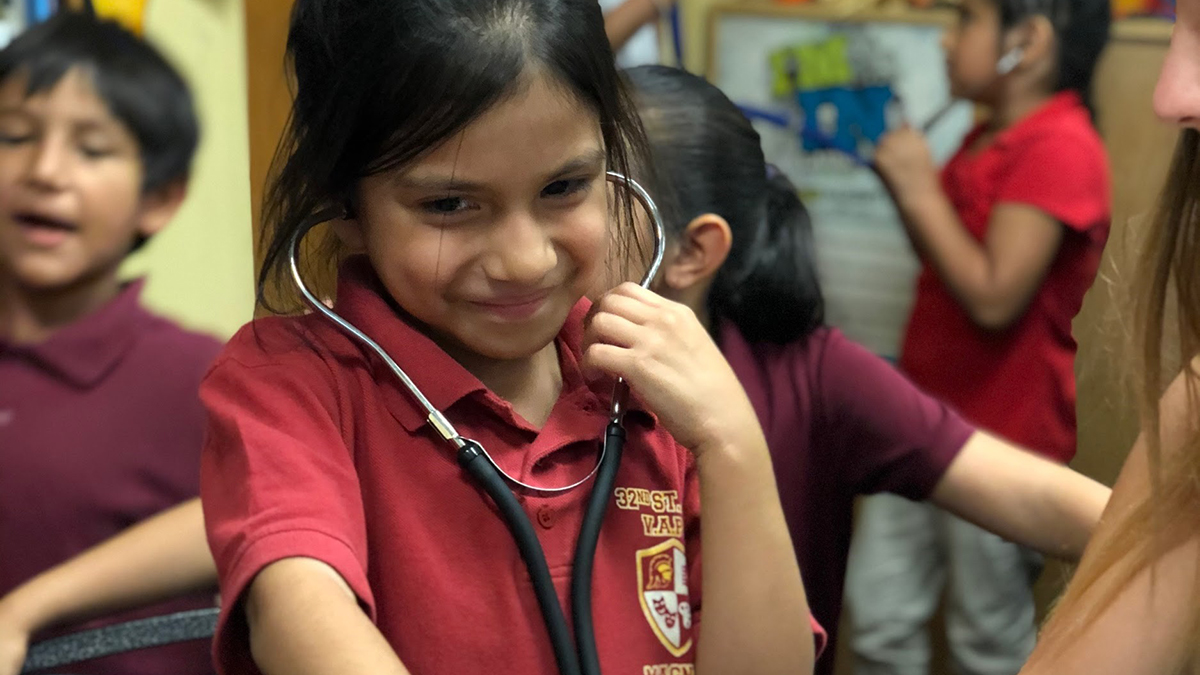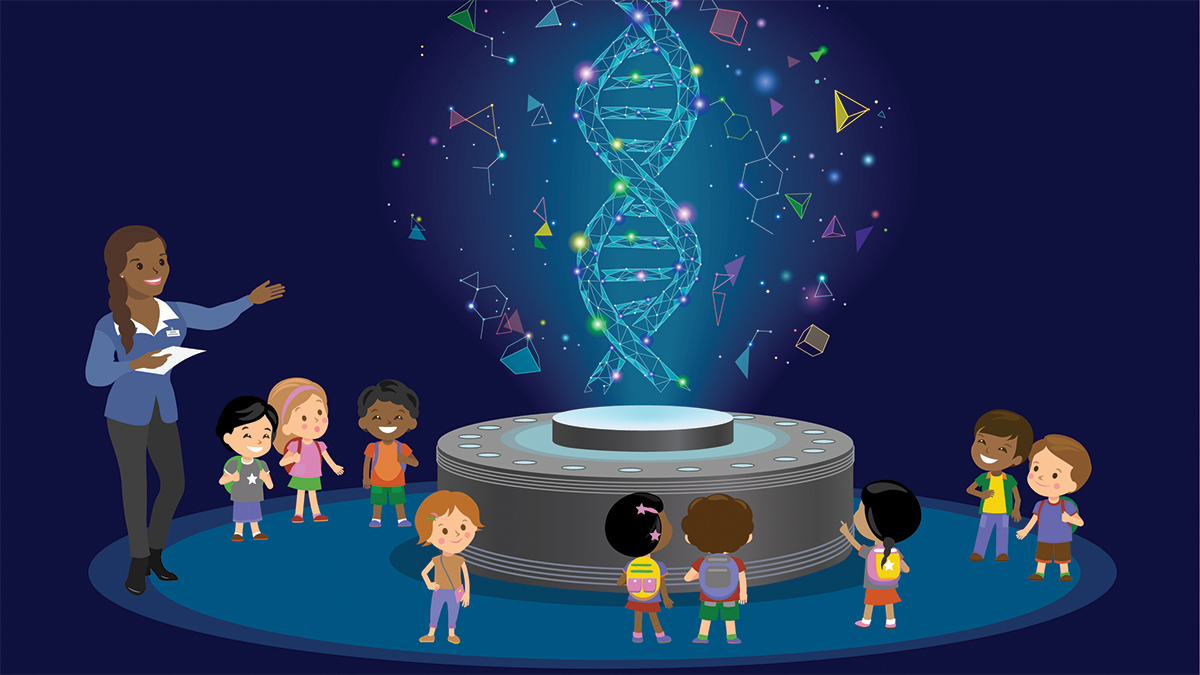Point of View
Why Do People Say, “I Believe in Science”?
Journal of College Science Teaching—May/June 2022 (Volume 51, Issue 5)
By Kristy M. Palmer
Many people in the general public say, “I believe in science.” Why don’t they say, “I believe in reading” or similar statements about other subjects? Perhaps people say, “I believe in science” because science is different than other subjects; the nature of science explains the difference. Science is tentative and based on the best empirical evidence available. All educators and administrators (not just science teachers) in K–12 schools set an example for children, and they should work to appreciate, use, and help students understand science. Learning about the nature of science should be required for all future teachers and administrators. Developing an understanding of the nature of science might help mitigate the effects of COVID-19 while setting an example for how society can use science to curb future pandemics and address other challenges.
Many people in the general public say, “I believe in science.” Why don’t they say, “I believe in reading” or similar statements about other subjects? Perhaps people say, “I believe in science” because science is different than other subjects; the nature of science explains the difference. Science is tentative and based on the best empirical evidence available. All educators and administrators (not just science teachers) in K–12 schools set an example for children, and they should work to appreciate, use, and help students understand science.
Many people in the general public say, “I believe in science.” Why don’t they say, “I believe in reading” or similar statements about other subjects? Perhaps people say, “I believe in science” because science is different than other subjects; the nature of science explains the difference. Science is tentative and based on the best empirical evidence available. All educators and administrators (not just science teachers) in K–12 schools set an example for children, and they should work to appreciate, use, and help students understand science.
Teaching Teachers
From Math Methods and Science Methods…To STEM Methods
How university courses were integrated into a more meaningful experience for preservice teachers
Science and Children—May/June 2022 (Volume 59, Issue 5)
By Lisa Douglass, Cherry Steffen, and David Pownell
Start With Phenomena
Growing With Phenomenon
Plant investigations pique curiosity and wonder
Science and Children—May/June 2022 (Volume 59, Issue 5)
By Tiffany Pace
Cross-curricular Connections
Cross-grade Collaboration
When students of different ages work together, social and emotional learning is enhanced
Science and Children—May/June 2022 (Volume 59, Issue 5)
By Debbie Ericksen and Rachel Glassman
Science 101
Q: What Makes a Great Science Investigation?
Engineering Encounters
I Will Survive
An Engineering Design Challenge for the Virtual Classroom
Science and Children—May/June 2022 (Volume 59, Issue 5)
By Kristin Cook and Jessica Ivy
Methods and Strategies
Useful Beyond Assessments
Science and Children—May/June 2022 (Volume 59, Issue 5)
By Sarah K. Benson, William J. Therrien, Gail E. Lovette, Christian Doabler, and Maria Longhi
feature
Diagnostics Through Sound
A module for introducing students to lung disease and pulmonology
Science and Children—May/June 2022 (Volume 59, Issue 5)
By Dieuwertje J. Kast, Surbhi Bansil, and W. Martin Kast

feature
Scientifically Modeling Water
An engineering design process unit for fifth graders through in-person and distance learning
Science and Children—May/June 2022 (Volume 59, Issue 5)
By Tina Vo, Rebekah Hammack, and Connie Michael

feature
It Starts at Home
Building on students’ interests through socioscientific issues-based approaches




